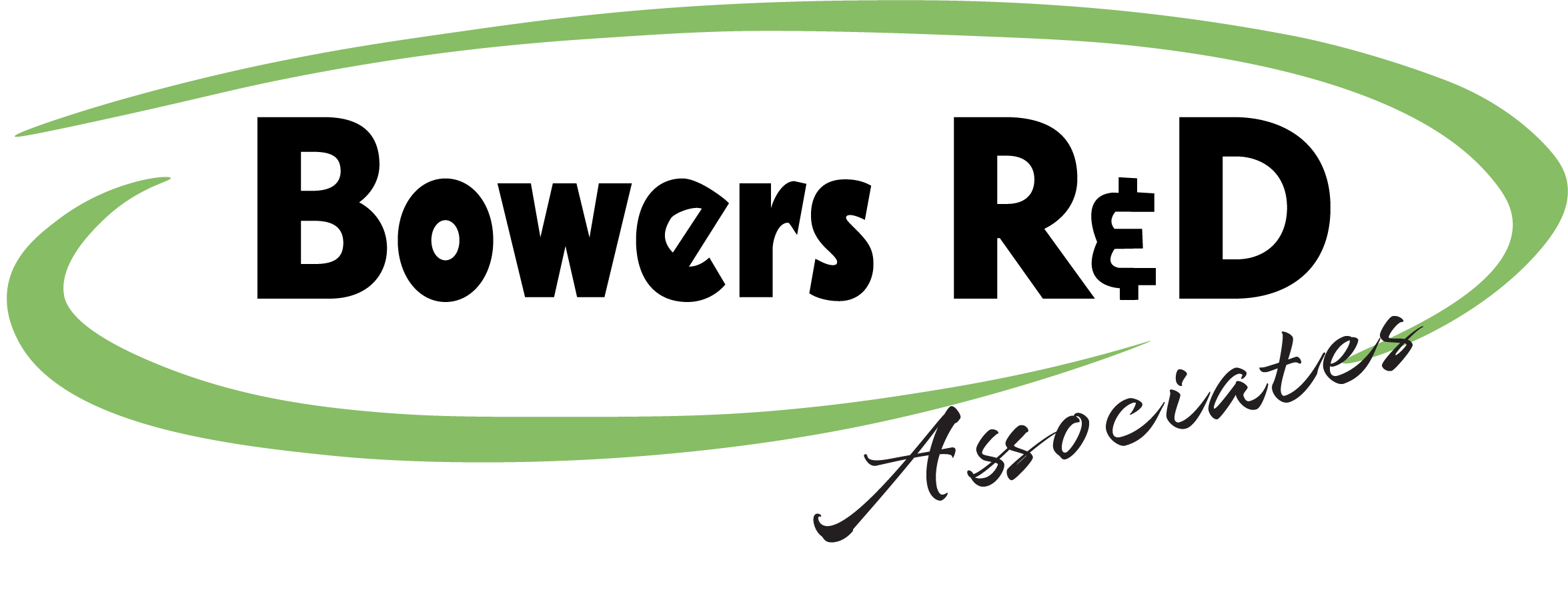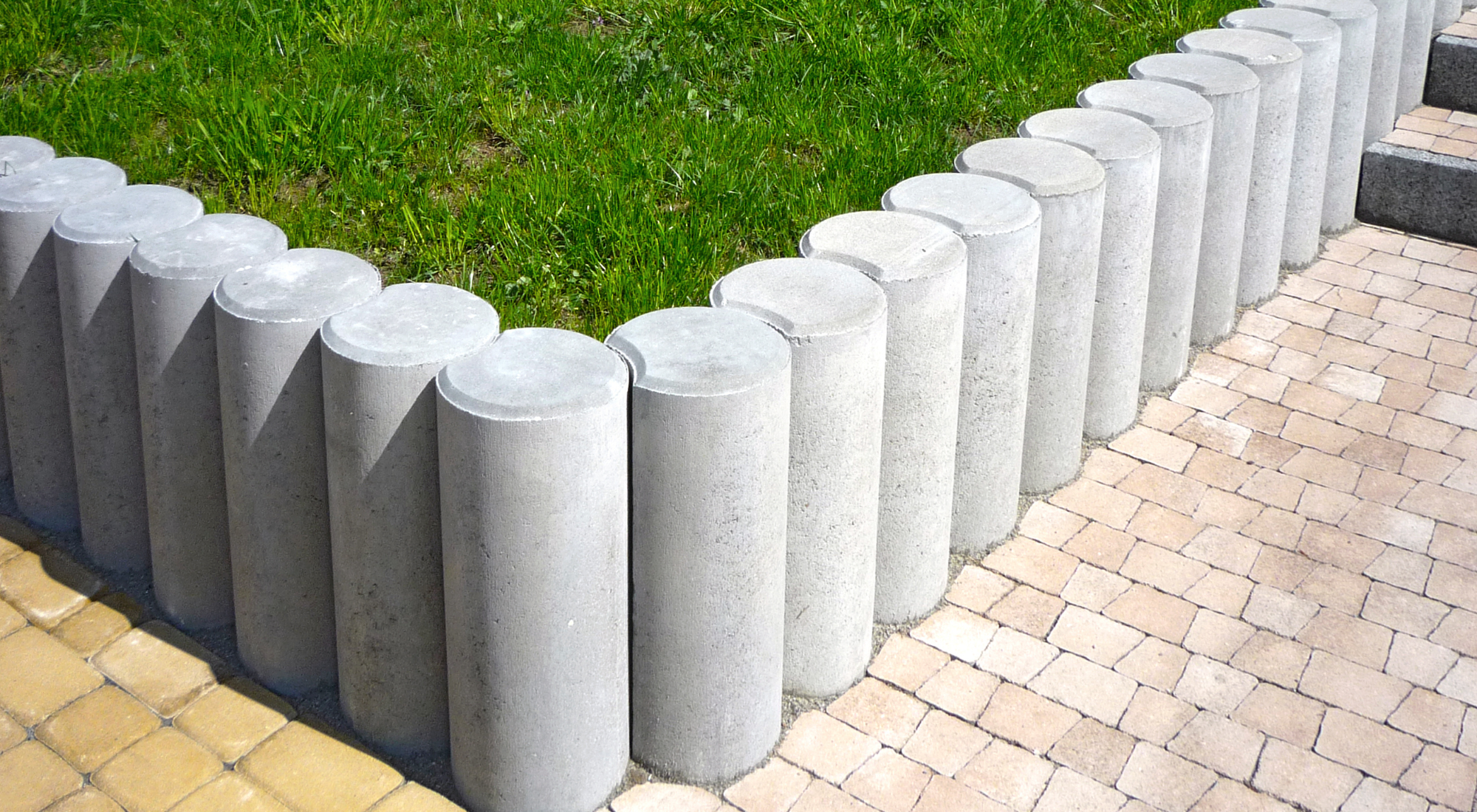Eco-friendly concrete manufacturers can reduce their tax burden with federal and state research and development (R&D) tax credits.
For over 20 years, R&D tax credits have helped spur the growth of young, forward-thinking businesses. There are R&D tax credits for robotics startups, breweries, and more, but can your eco-friendly concrete manufacturing company take advantage of these credits too? Keep reading to discover if your company is eligible for this great resource.
Learn more about R&D tax credits with Bowers R&D’s free articles.
What is Eco-Friendly Concrete?
Eco-friendly concrete has a lower carbon footprint than traditional concrete and there are already many variations of it. For example, CBC News reports that cement that blended with un-calcified limestone can lower C02 emissions by 10% and some concrete alternatives can be made with waste products like fly ash.
Can Eco-Friendly Concrete Manufacturers Get R&D Tax Credits?
Yes, if your company is working to design more environmentally friendly varieties of concrete, you could be a good fit for the federal R&D tax credit. First introduced in 1981, American businesses have long been aided by R&D tax credits. These credits reward companies for pursuing innovative applications here in the U.S.; however, this credit is not open to all companies. There are strict requirements that a company must meet in order to be eligible. Let’s take a look at those requirements now.
The 4-Part Test
You may be eligible for a federal R&D tax credit, but you must pass this short test. Has your company:
- Developed a new product or process or improved upon existing functionality?
- Dealt with some form of uncertainty in the development process (appropriateness of design, method used, etc.)?
- Utilized a process of experimentation to eliminate uncertainty (modeling, prototyping, trial and error or other testing)?
- Conducted experimentation which relied on engineering, biological, physical or computer science?
If your eco-friendly concrete company has accomplished all these things, you could qualify for a federal R&D tax credit. No matter where you live in the United States, as long as you have met the requirements of the above, your company can take advantage of the tax credit. After reviewing the above test, you’ll need to identify your company’s qualified research expenditures (QRE).
Examples of QRE
You can only use three items to calculate your tax credit. Here, you can see what counts as QRE:
- Wages – The pay of W2 employees who are conducting qualified research, supervising the qualified research, or directly supporting your company’s qualified research
- Supplies – The cost of disposable supplies directly used for your company’s qualified research activity.
- Contract research expenses – The wages and/or expenses paid to U.S. – based contractors conducting qualified research or development for your company.
Recognizing what counts as a QRE is crucial for your credit estimation. For example, hiring an external marketing team to create QA surveys of your new product is not a QRE. Of course, if you hire an outside contractor to help build a prototype of your product, that is a QRE. If you’re not sure what activities would be categorized as QRE, consult with an R&D tax credit expert.
Is it Easy to Apply for an R&D Tax Credit?
Applying for an R&D tax credit can seem daunting, but with the aid of an R&D tax credit expert, you can be sure that you’re maximizing your credit. While applying for a credit is relatively simple when working with Bowers R&D, you must be prepared to:
- Upload required documents
- Describe your company’s R&D activities
- Share names of employees and company owners
- Provide the exact dollar amount of your R&D spend
These details will be compiled in what’s known as an R&D study. When the study is completed, you’ll know exactly how much your credit will be. You can use our free R&D tax credit calculator to view an estimate of your federal R&D tax credit.
What You Need to Know About R&D Tax Credits for Eco-Friendly Concrete
Research and development is a very broad category, but under the rules of the federal R&D tax credit program, R&D has a very limited definition. To help you better understand what elements of your company’s operations can count towards your credit calculation, examples of qualified research activities have provided below
Your robotics startup could receive a credit equal to 7-10% of your QRE in addition to a state R&D tax credit, depending on where your company is based. With these credits, you can reduce your tax burden and use the saved money to reinvest in your company, save for retirement, and more. If your startup qualifies for a federal credit, don’t wait to start your application. Contact a tax credit expert today and get the credit you deserve.

